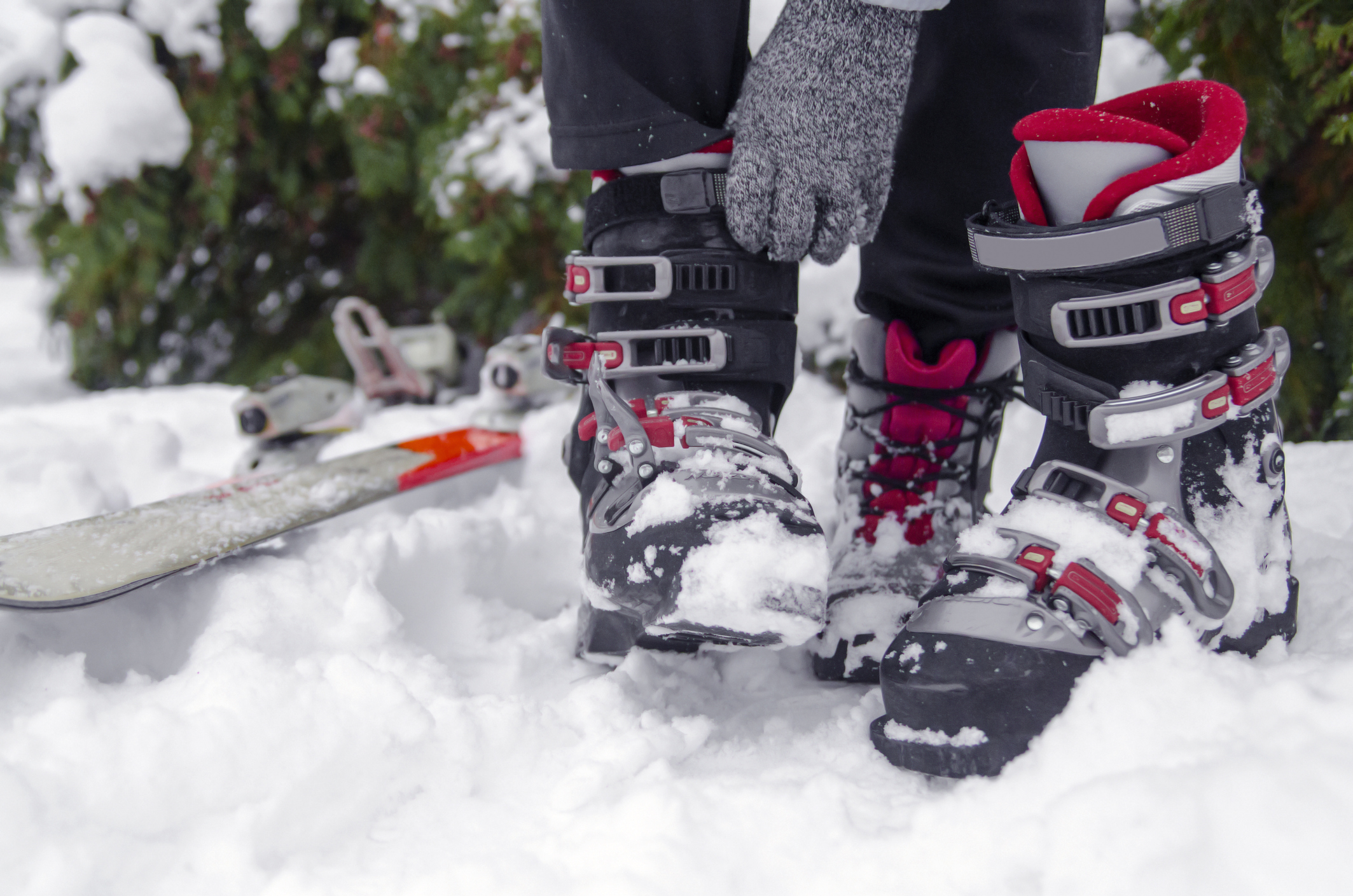
Ask any long-time skier and they'll tell you that your own pair of boots is one of the best investments you can make in the sport. If you've mastered your technique, controlled those turns, and feel more confident skiing at speed, custom boots are the next step to progressing your ability by putting an end to ill-fitting rentals.
A proper fitting, however, is a serious commitment. Far from a cinch, the process is a lengthy and rigorous one, and there are a few things you ought to be aware of before you pay a visit to your local winter sports store; from what socks to wear to the myriad of modification options available. When it comes to how to dress for skiing, boots are the biggest undertaking.
And before you consider scrimping, rest assured that visiting a specialized fitter is absolutely paramount. As Jonah Drescher at Christy Sports points out, "Many things can be found and purchased digitally, but getting fit for a pair of ski boots is not one".
Why invest in ski boots over rentals?
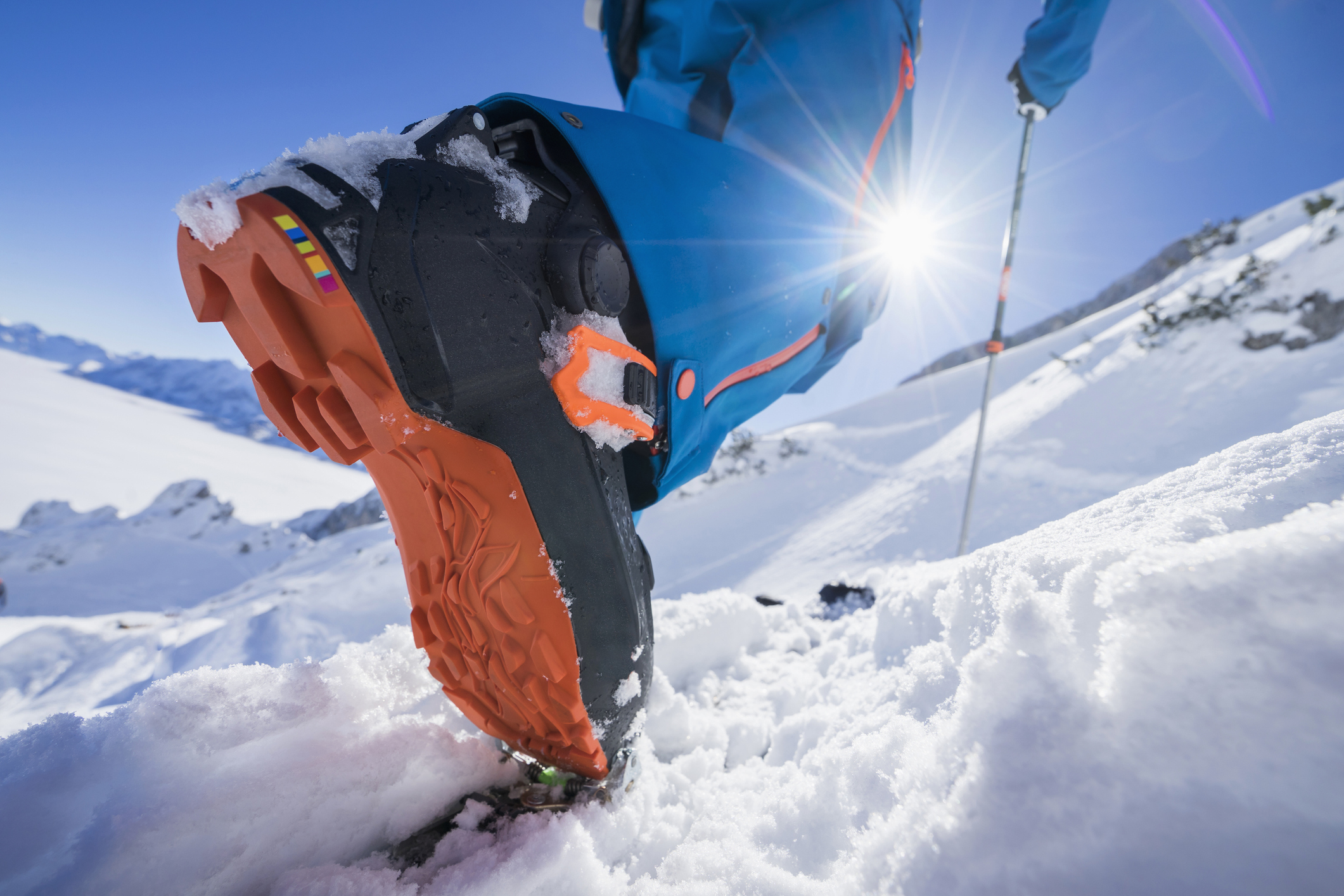
A well-fitting pair of ski boots are an asset to your skiing, but they don't come cheap. You can expect to pay between $350 to $850, with that figure increasing depending on the various modification options you add. With that in mind, you might question whether your own boots are even worth the money, especially if you only ski once or twice a year (or less).
But if you're serious about skiing, a fitted pair of ski boots will always be worthwhile, no matter how often you take to the slopes. "Outside of the basic clothing and protective gear, the first thing a person should look into is getting their own ski boots, as they are the one piece of winter gear that's not just an accessory but a piece of your skiing exoskeleton," says Jonah Drescher of Christy Sports, a former member of the US ski team.
Compared to rentals which cater to "one size fits all", the way ski boots fit is far more snug as they're essentially tailor-made to you. "Generally, rental boots tend to be on the looser side, which can cause your foot to move around inside the boot," says Mark Watson, the ski training manager at Ellis Brigham Mountain Sports. "This lack of a snug fit means you have less control over your skis and receive less feedback about what’s happening under your feet."
Put simply, owning your own pair of ski boots allows you to get a custom fit that provides better support, control, and comfort, which consequently enhances your skiing. It's a small price to pay for better (and safer) skiing.
How to prepare for a ski boot fitting
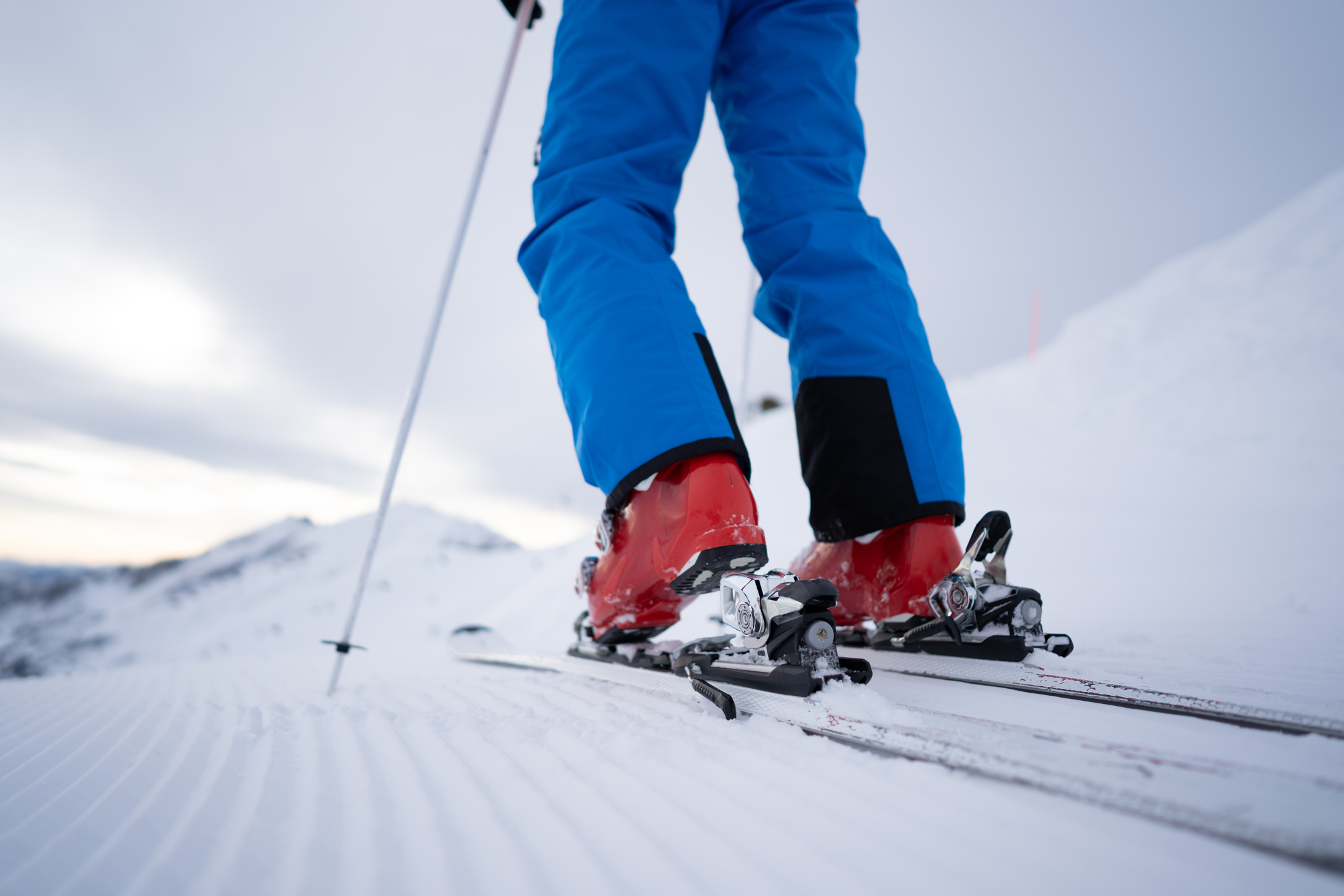
You know you'll be in the hands of trusted experts if you visit a reputable winter sports store, but there are still ways you can prepare as a customer in order to ensure your ski boot fitting runs smoothly.
Allow plenty of time
First, factor in plenty of time for your fitting. You won't be in and out of the store in a matter of minutes, as you might be when buying a ski jacket. "Most of the time, it will require at least a 90-minute initial fitting, during which the correct shell will be chosen, an insole will be installed, and any initial heat fitting might be done," says Mark. This doesn't account for any additional work either, such as modifications after fitting, so it's a good idea to leave some wiggle room for alterations before your ski trip.
Wear the right socks
Unsurprisingly, ski socks are best for a boot fitting, but any long sock will do. Whatever you do, don't settle for ankle socks as they won't give you a good indication of how your ski boots fit.
Mark says it's also important that you avoid overly thick ski socks. "If you imagine how snug a proper ski boot should feel, adding a thick sock increases pressure and reduces blood flow even further," he says. "Even though it sounds counterintuitive, sometimes a thinner sock is best to improve blood flow."
Bring any insoles or orthotics
If you wear insoles or orthotics to correct your feet, it's a good idea to take them along to your ski boot fitting. This will give your fitter an idea of any recurring problems so they can recommend the right adjustments for your boot (such as custom footbeds). Be prepared to share any medical history pertaining to your feet, too.
What to expect at a ski boot fitting
With that out of the way, here's what to anticipate at the store itself. (Remember, lots of ski boot fitters will require you to book ahead, so make sure you've done your research.)
1. Prepare for a consultation first
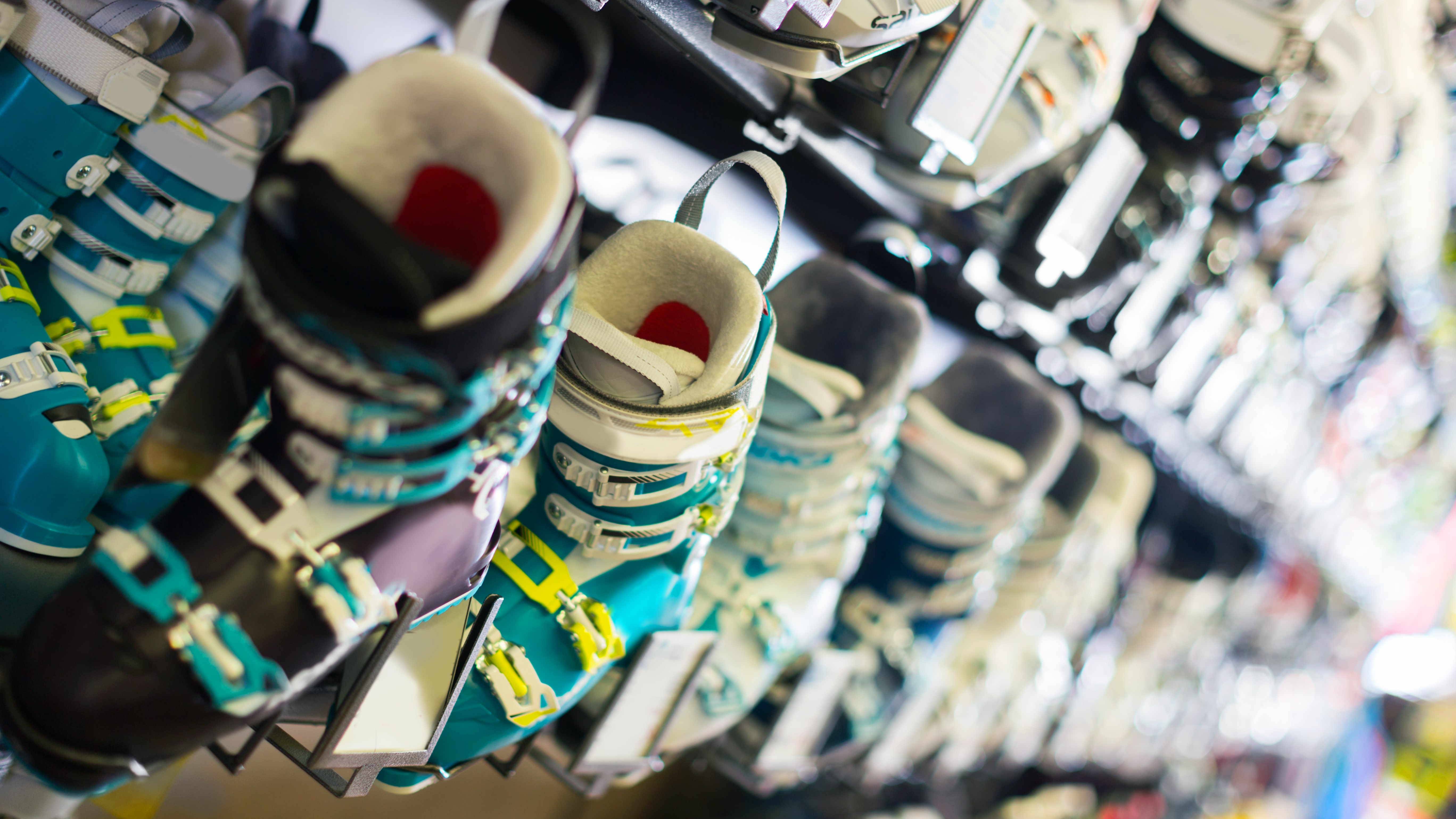
Buying a new pair of ski boots is sure to stir excitement, but don't expect to be fitted right away. Before you start trying out various models, your fitter will want to know more about your skiing history in order to find you the perfect pair of boots.
"We want to know about previous experiences with ski boots, both good and bad, and to get an overview of skiing experience and aspirations," says Mark. "This is done alongside an assessment of the size, shape and biomechanics of the foot and lower leg. We’ll find out anything that affects how a boot fits and make a recommendation for the best options."
Jonah emphasizes that this initial conversation can give way to a multitude of skiing tips and boot models that might be better suited to you. "There are some great features on today's boots, including crossover alpine boots that are made to fit traditional bindings and also switch to pin system to ski in the out of bound area," he says. "Also, the new BOA system is replacing some of the older buckle systems for a more even tightening of the ski boot."
2. You'll be measured with a shell check
As Mark notes, ski boots comprise two basic components: a softer inner boot that hugs your foot, and a hard outer shell which is fastened with buckles and clips to your ski's bindings (one of the main differences of ski boots vs snowboard boots).
"The shell governs how a boot fits, so a shell check is needed with every boot," Mark says. "The foot is placed into just the shell (no inner boot inside) and the amount of space is assessed in five crucial areas: length, ankle width, forefoot width, instep height and calf."
This initial measurement will help you find a boot that's the correct size, shape, and volume for your feet, filtering out a lot of the models you might see on the shelves. At this point, you'll discover lots about your feet, like whether they're low or high volume, or if they're pronated or supinated.
3. Testing the boots is a must
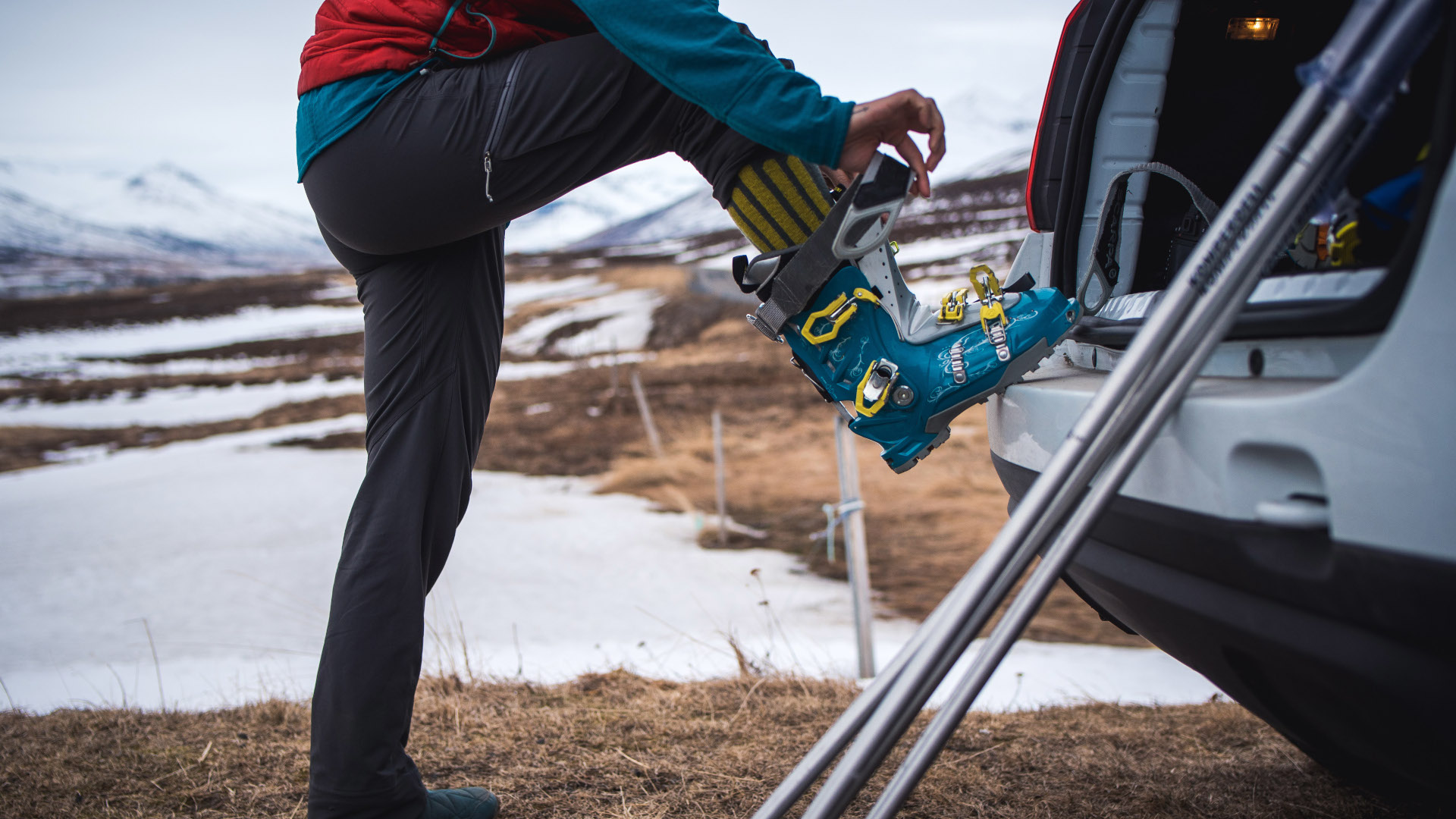
Once your fitter has found a few possible boot options with the right shell size, the next step is trying them on with the boot liner. "Doing up the boots correctly – leg clips first – brings the heel back into position and gives the toes more room," Mark explains. "The boot is then left on for 10-15 minutes in a standing position, mimicking a relaxed ski stance. It shouldn’t be necessary to try on more than two or three models."
At this stage, over-tightening is a common mistake. As Mark notes, the fit should come from the shape rather than having to over-tighten the clips. "Over-tightening can also be a sign that the person is not in the correct boot, as they are having to tighten excessively just to feel secure," he adds.
4. Expect a bit of discomfort at first
The biggest difference between rental ski boots and custom ones is how they feel on your foot. That's because your ski boots will feel uncomfortably tight at first. "Where a rental is a more generic fit, a custom boot fit is meant to fit like an extension of your body," Jonah says. "Be ready for the fit of your new boots to be much tighter and more snug than any boot has felt on your foot before."
Next, your fitter might prod a stick into your boots to assess how much room there is. If there's space to move, they're probably too big. "You should never judge a ski boot by how it feels straight away," says Mark. "At this point it's crucial to remember that as the foam of the liner packs down, the ski boot’s internal volume can increase by about 15 percent, so a snug fit at the beginning is very important. " This is why finding time to wear your boots in is key to getting ready for ski season.
5. Your liners will be molded with heat
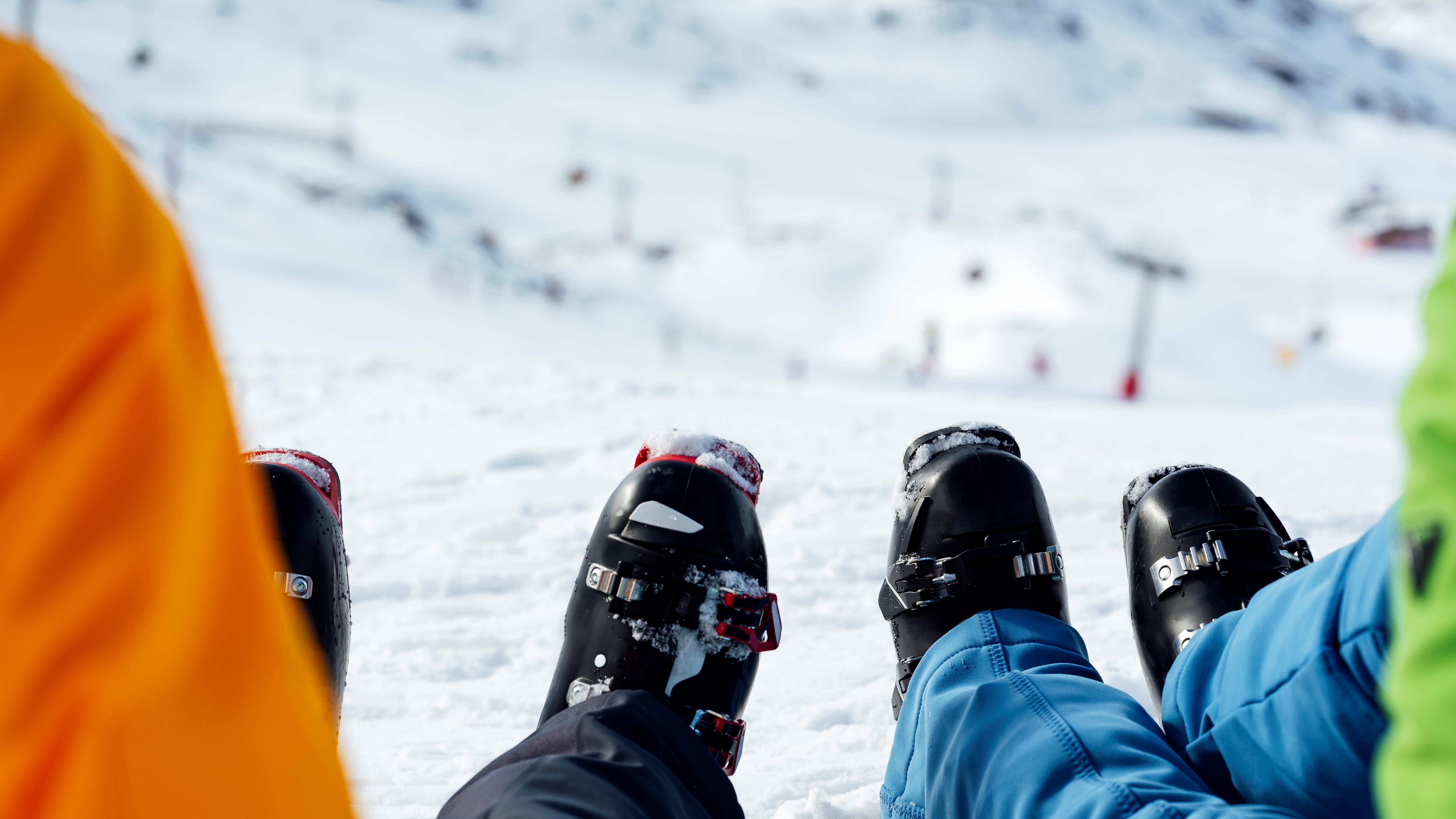
No pair of feet are the same, and even our own two feet can be different sizes or widths, so once you've found the right boot your fitter will likely mold the liners to your feet. To do this, they'll be put into a machine that works like an oven. Once warm enough, you'll be asked to wear some toe caps before placing your feet into the liner. You'll then stand for several minutes until they form to the shape of your feet for the perfect fit.
"With certain models, the plastic shell can also be custom moulded," Mark adds. "As specialists in boot fitting, we're also able to make bespoke changes to boots. This can take many forms, including modifications to the shell or liner via heating and mechanically stretching materials, carefully shaving plastics and foams, or altering angles and stance."
6. You'll be asked if you want futher customization
At this point in your fitting, the most common add-on is custom footbeds to help stabilize your feet. According to Mark, footbeds can eliminate a lot of problems and improve your ski performance by better supporting your foot structure. "This helps muscles relax and stops them tiring so quickly, meaning there’s less movement and rubbing caused by collapsing of the foot," he says. The same options applies to cross country ski boots, too.
If you have any abnormalities in your feet, your fitter can make additional changes, too. "Since ski boots are made of thermoforming plastics, we can use heat and special tools to create shapes that are not standard on a ski boot," Mark says. "Common problem areas in ski boots include bunions, fifth metatarsal areas, ankle bones, and navicular areas. We heat the shell and push out the area as much as needed."
If you don't have the budget for custom footbeds, another modification option is adding a supportive insole. "Depending on your foot type, insoles will improve the overall fit, comfort, and function of the boot," notes Mark. "Every foot type will benefit from having a well-made insole inside their ski boots, and depending on your foot the benefits will vary."
7. Remember that the boot chooses you
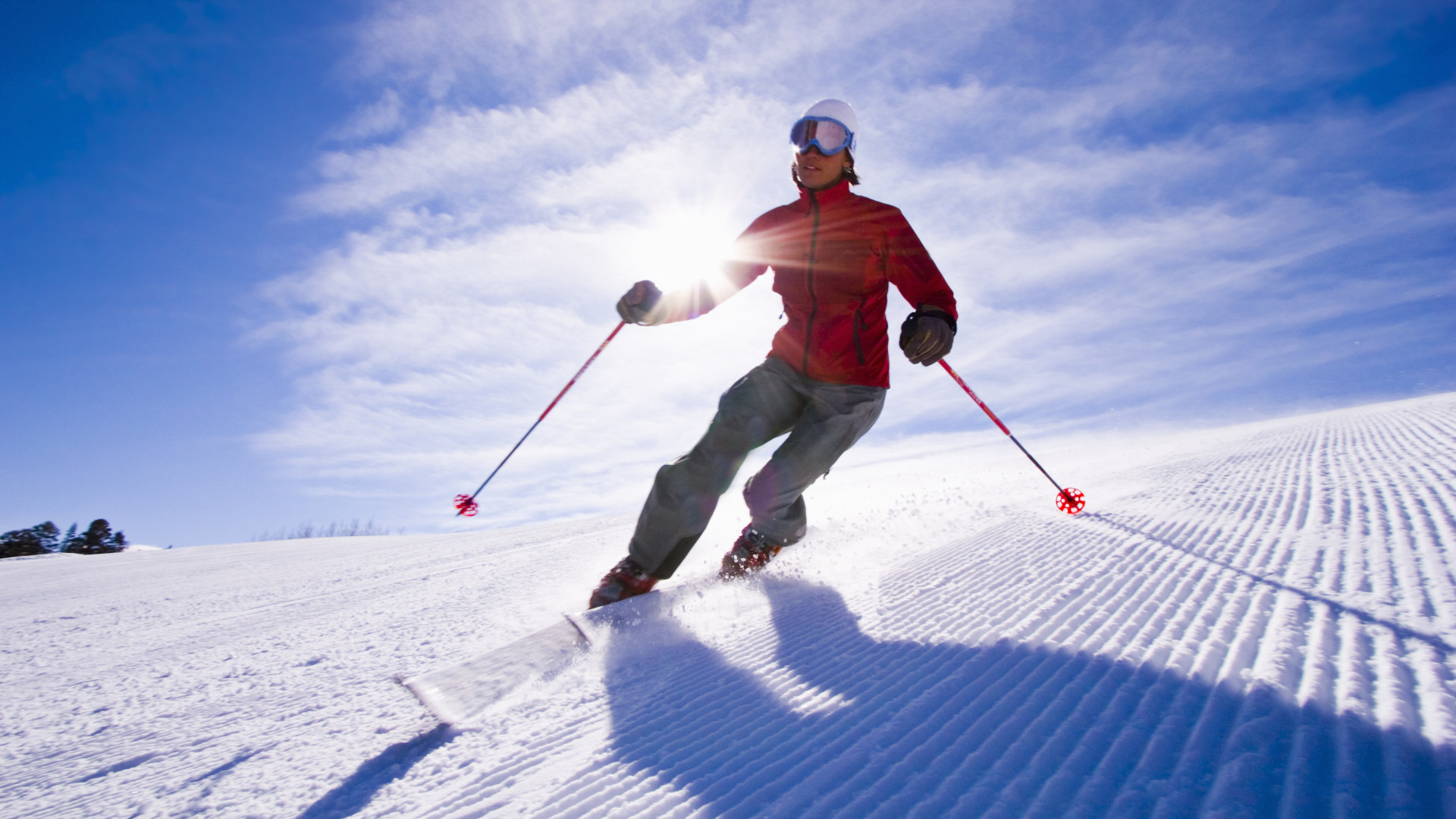
Finally, when it comes to finding the perfect pair of ski boots, remember that the boot chooses you. Just like Harry Potter on his first visit to Ollivander's wand shop, you'll have little power in which boots are best for you, so don't be guided by color or style. It's barely worth browsing the shelves at all.
"Take brand names out of the equation, too," says Jonah. "Your boot fitter knows what boots have the correct shape for your foot and will help you choose the right boot for your size, shape, and ability."
After an hour or two, you should be walking out of the door with a brand new pair of ski boots tailor-made to you. And, ensuring you've been to a reputable store, you should be able to revisit for any further tweaks or modifications (sometimes free of charge!) Now all that's left to do is test out your boots on the slopes.







